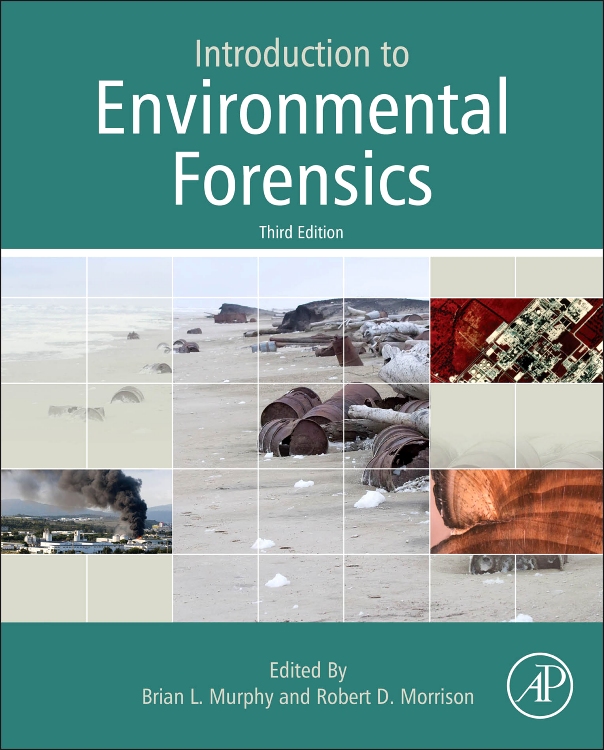
Environmental forensics deals with questions such as: Whose hazardous waste is it? When was it placed in its present location? How did it happen? How much have people and the environment been exposed? How should liabilaty be allocated? The third edition of INTRODUCTION TO ENVIRONMENTAL FORENSICS will provide the most current coverage of issues and techniques crucial to forensic investigations of environmental disasters. It will show the evolution of the field, including topics such as chemical fingerprinting of hydrocarbons and PCBs, forensic air dispersion modeling analysis, and soil and groundwater modeling. Written by an international group of scientific specialists in order to cover this broad and important field most fully, the new volume will rely on reader feedback to focus on the most important areas for environmental professionals. INTRODUCTION TO ENVIRONMENTAL FORENSICS, third edition will be of interest to consultants, regulators, attorneys, or others whose practice involves identifying sources of pollution and allocating responsibility among multiple parties. Provides a comprehensive review of all aspects of environmental forensics Coverage ranges from emerging statistical methods to state-of-the-art analytical techniques, such as gas chromatography-combustion-isotope ratio mass spectrometry and polytopic vector analysis Numerous examples and case studies are provided to illustrate the application of these forensic techniques in environmental investigations INDICE: Section 1: Background Information Chapter 1: Applications of Environmental Forensics Chapter 2: Documentary Resources Chapter 3: Remote Sensing Chapter 4: The Measurement Process Chapter 5: Statistical Methods Chapter 6: Collection of Forensic Information in a Site Investigation Chapter 7: Chemical Partitioning and Transport in the Environment Section 2: Chemical, Biological and Isotopic Pattern Recognition Methods Chapter 8: Petroleum Chapter 9: Chlorinated Solvents Chapter 10: Congener analysis Chapter 11: Application of Stable Isotopes and Radioisotopes in Environmental Forensics Chapter 12: Soil Forensics Chapter 13: Forensic Microscopy Chapter 14: Fracking Chapter 15: Dendroecology Section 3: Forensic Modeling Chapter 16: Forensic Applications of Contaminant Transport Models in the Subsurface Chapter 17: Underground Storage Tanks And Piping Chapter 18: Advanced Multi-Component Analysis Chapter 19: Source Apportionment Methods Chapter 20: Receptor Modeling
- ISBN: 978-0-12-404696-2
- Editorial: Academic Press
- Encuadernacion: Cartoné
- Páginas: 704
- Fecha Publicación: 22/09/2014
- Nº Volúmenes: 1
- Idioma: Inglés
